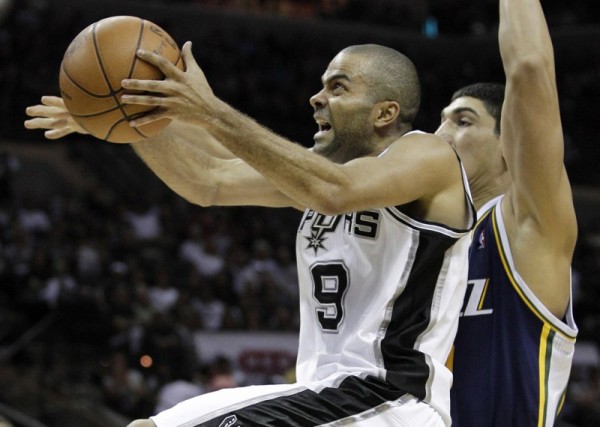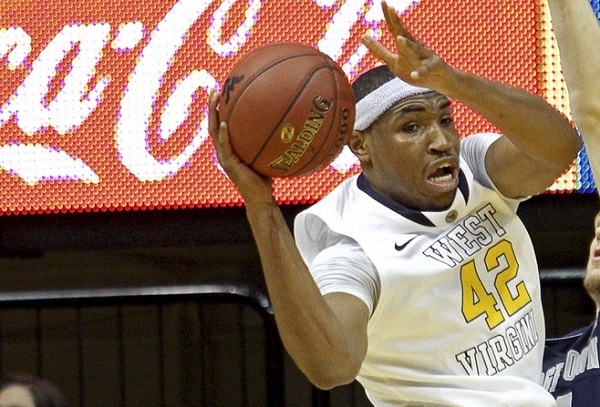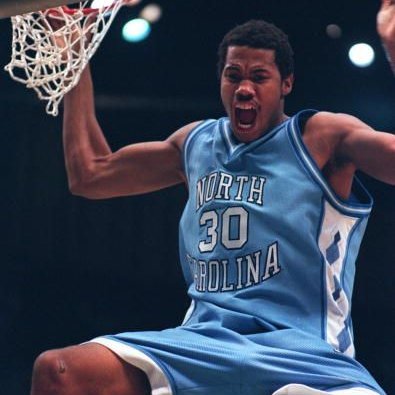Re-Drafting the NBA Draft: Top 10 Players From Recent Years
Posted by EJacoby on June 25th, 2012The 2012 NBA Draft takes place this Thursday, June 28 in Newark, and now that the NBA Finals has come to an early conclusion (just five games), New Jersey becomes the center of the basketball universe. No other professional sports amateur draft can have as much immediate impact as the NBA’s, witnessed by Oklahoma City’s rise to prominence with a core consisting of four first-round picks from the previous five years. While we await Thursday’s selections, the words ‘upside’ and ‘potential’ run rampant, as teams are selecting from a pool filled with unrefined prospects. Lottery picks (top 14 selections) are mainly underclassmen who scouts hope evolve into long term superstars, and that’s why the draft presents so many early busts and late sleepers that evaluators miss out on. The NBA Draft is more art than science, and that is no more evident than when you look back at many of the selections made in previous drafts.
Today we take a look at four recent NBA Drafts to give you a clear idea of how difficult it is to nail the top picks. We wanted to choose mostly older drafts whose players’ careers have longer sample sizes to evaluate, but also included a more recent draft since the implementation of the current ‘one-and-done’ rule that disallows high school players from the pool. Here are our revised top 10 picks from 2001, 2002, 2003, and 2006, with each player’s original selection in parentheses. Who ended up becoming the best players from drafts of the 2000s, and where were they selected?
2001
- Tony Parker (28, San Antonio)
- Pau Gasol (3, Memphis)
- Joe Johnson (10, Boston)
- Zach Randolph (19, Portland)
- Gilbert Arenas (31, Golden State)
- Gerald Wallace (25, Sacramento)
- Jason Richardson (5, Golden State)
- Tyson Chandler (2, LA Clippers)
- Shane Battier (6, Memphis)
- Richard Jefferson (13, Houston)
A fairly strong draft, 2001 is also scarred by the fact that #1 overall pick Kwame Brown was an enormous bust. Brown, selected first by Michael Jordan out of high school, is a great example of why it’s risky to draft young, unproven bigs. But that was also during the era when high school players were eligible for the draft, which is no longer the case today. Even though the current ‘one-and-done’ rule makes it difficult to assess young prospects, at least we get a full season to watch players compete at the highest level. The 2001 draft was full of quality sleepers late in the draft, highlighted by the three-time All-Star, Arenas, and three-time NBA champion and four-time All-Star, Parker, both falling past pick #27. Parker likely fell because he was such a young, foreign player; yet Gasol was a similar prospect who scouts nailed with the #3 overall selection. The 2001 draft proves how difficult it is to differentiate players of varying positions, ages, and levels of play.












































